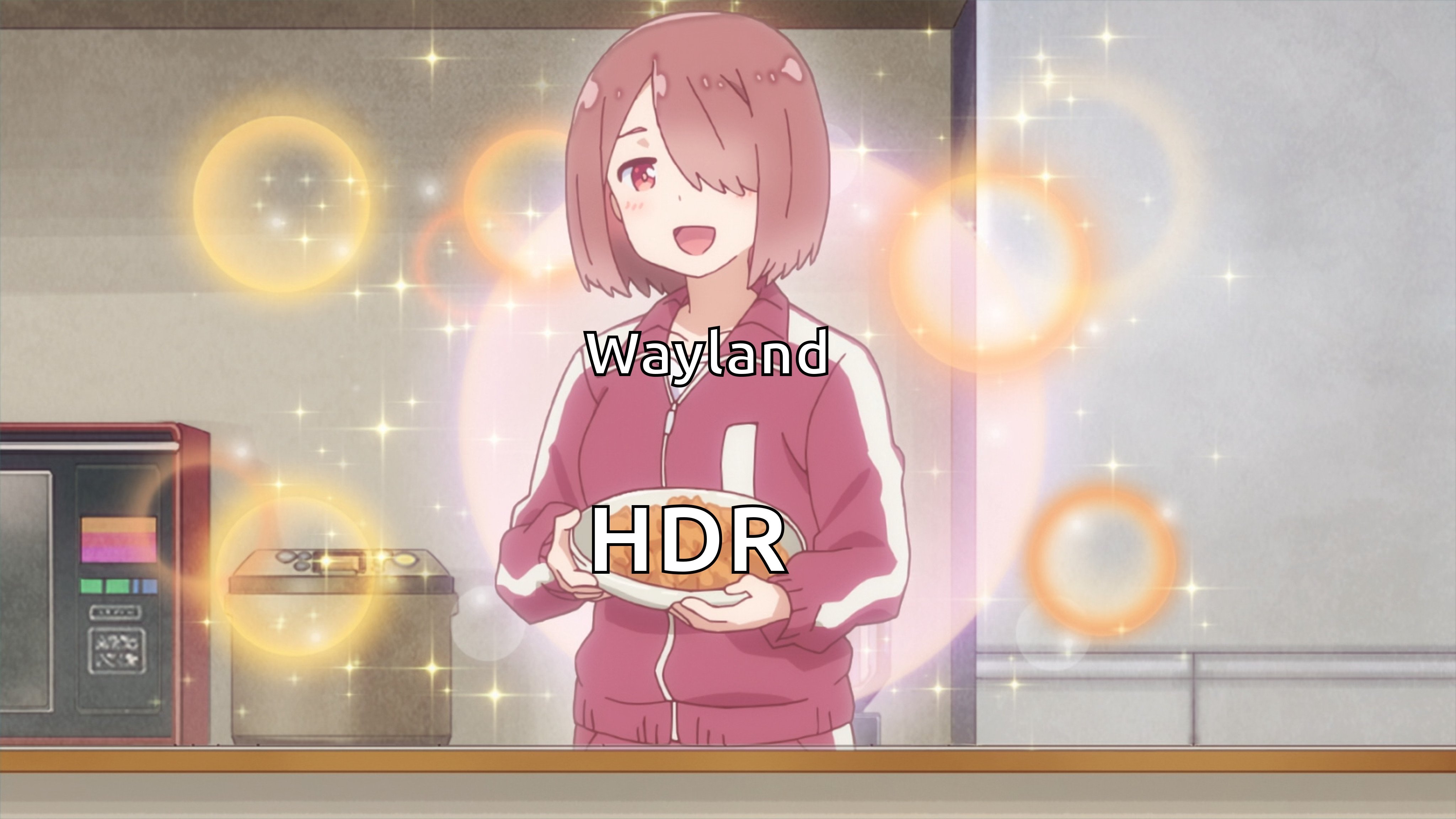this post was submitted on 10 Apr 2024
373 points (95.6% liked)
linuxmemes
20880 readers
10 users here now
I use Arch btw
Sister communities:
- LemmyMemes: Memes
- LemmyShitpost: Anything and everything goes.
- RISA: Star Trek memes and shitposts
Community rules
- Follow the site-wide rules and code of conduct
- Be civil
- Post Linux-related content
- No recent reposts
Please report posts and comments that break these rules!
founded 1 year ago
MODERATORS
you are viewing a single comment's thread
view the rest of the comments
view the rest of the comments

In short: Because HDR needs additional metadata to work. You can watch HDR content on SDR screens and it’s horribly washed out. It looks a bit like log footage. The HDR metadata then tells the screen how bright/dark the image actually needs to be. The software issue is the correct support for said metadata.
I‘d speculate (I’m not an expert) that the reason for this is, that it enables more granularity. Even the 1024 steps of brightness 10bit colour can produce is nothing compared to the millions to one contrast of modern LCDs or even near infinite contrast of OLED. Besides, screens come in a number of peak brightnesses. I suppose doing it this way enables the manufacturer to interpret the metadata to look more favorably on their screens.
And also, with your solution, a brightness value of 1023 would always be the max brightness of the TV. You don’t always want that, if your TV can literally flashbang you. Sure, you want the sun to be peak brightness, but not every white object is as bright as the sun… That’s the true beauty of a good HDR experience. It looks fairly normal but reflections of the sun or the fire in a dark room just hit differently, when the rest of the scene stays much darker yet is still clearly visible.